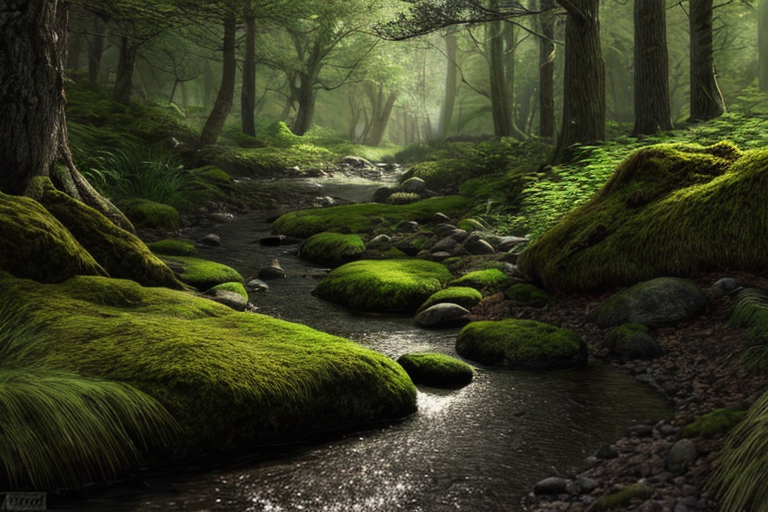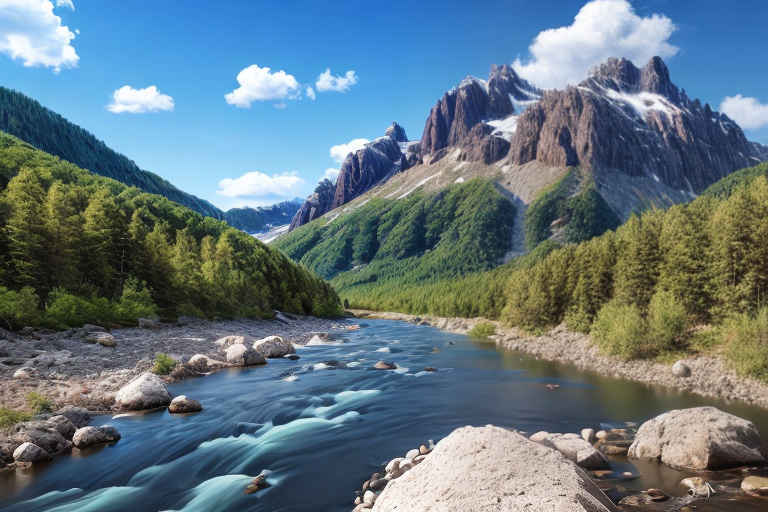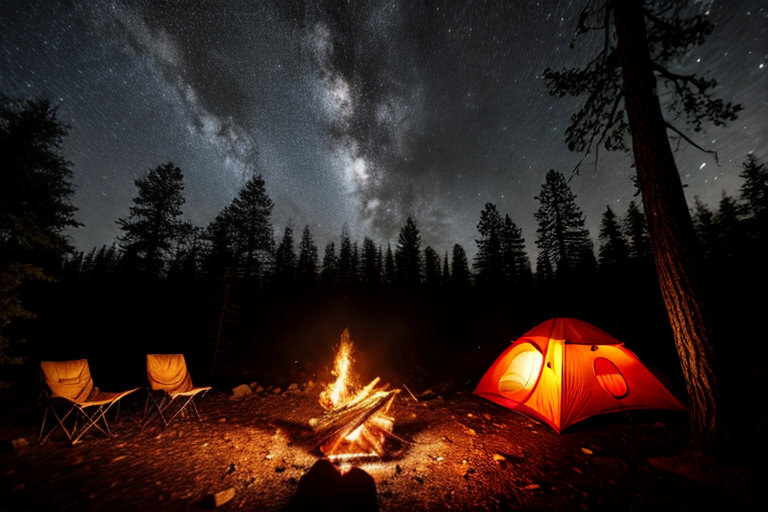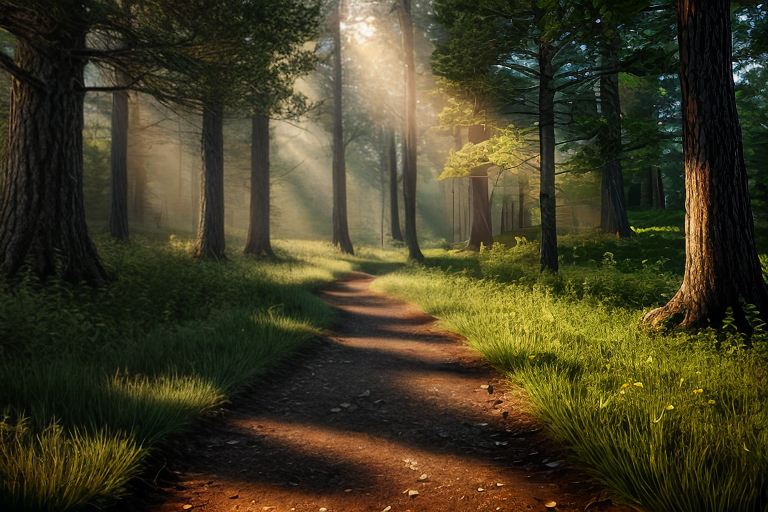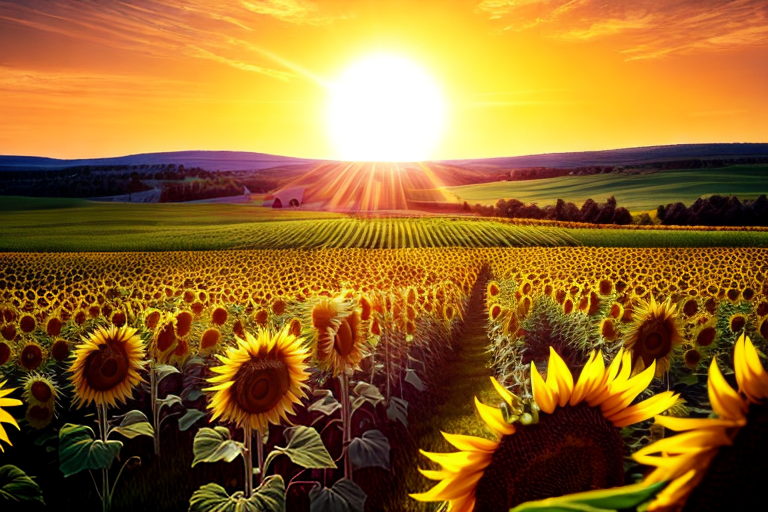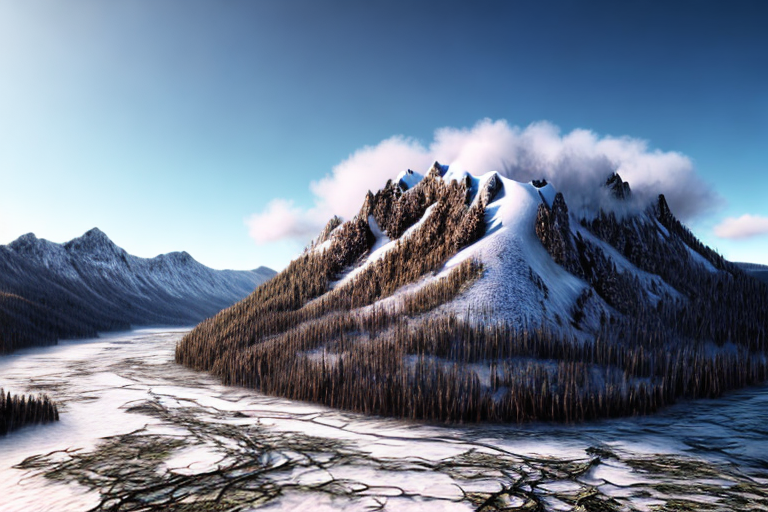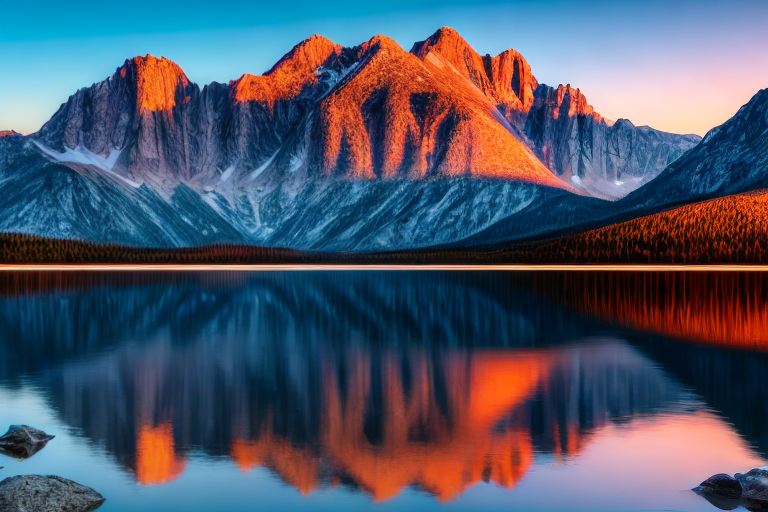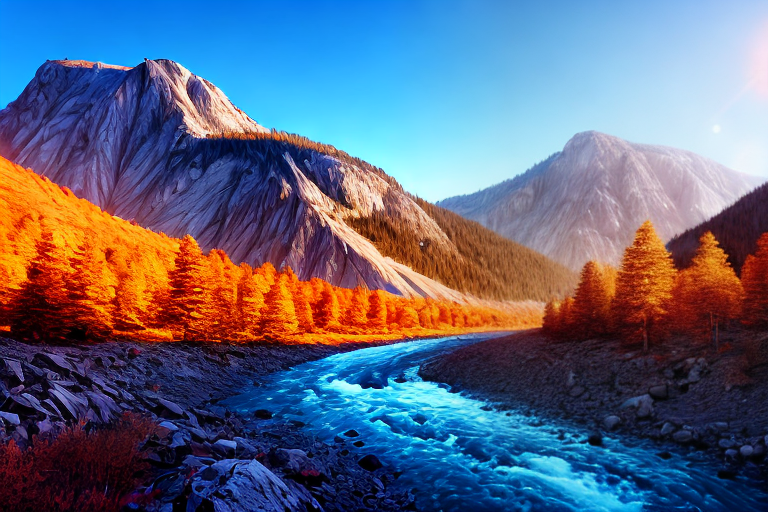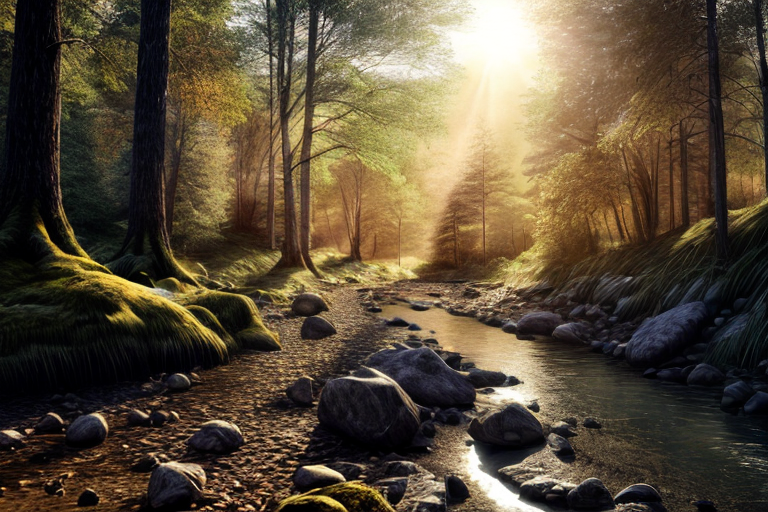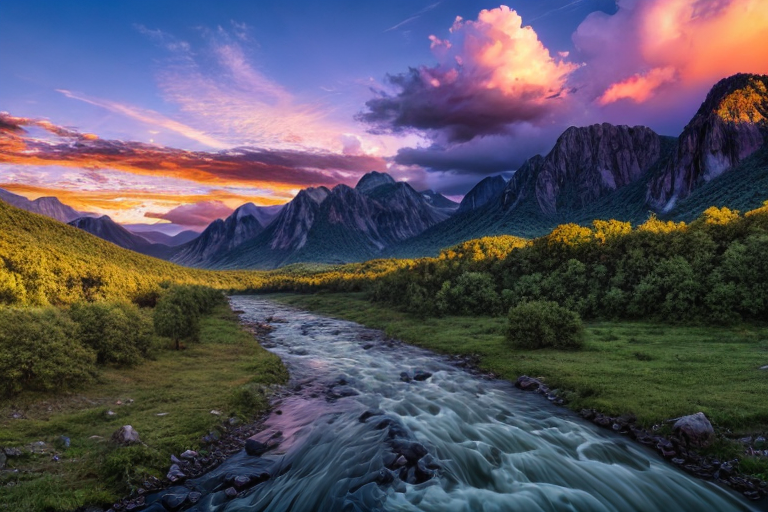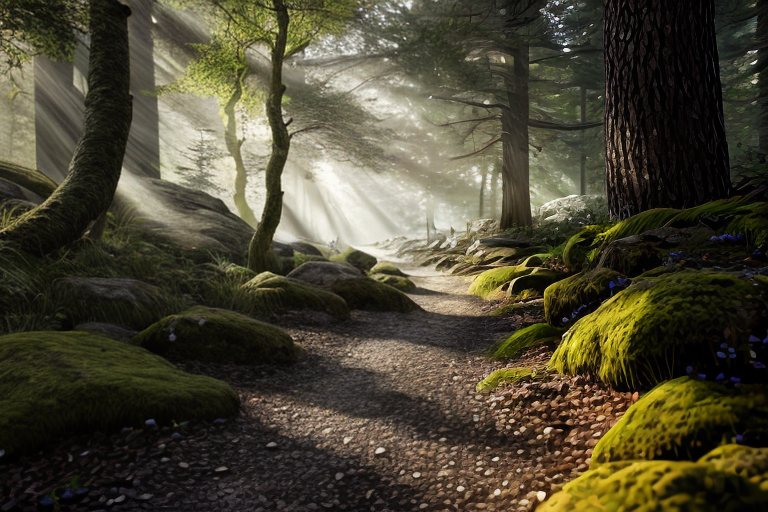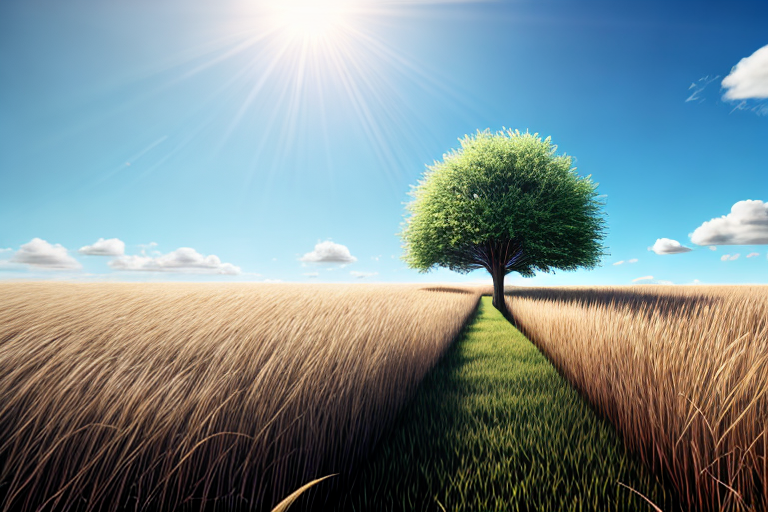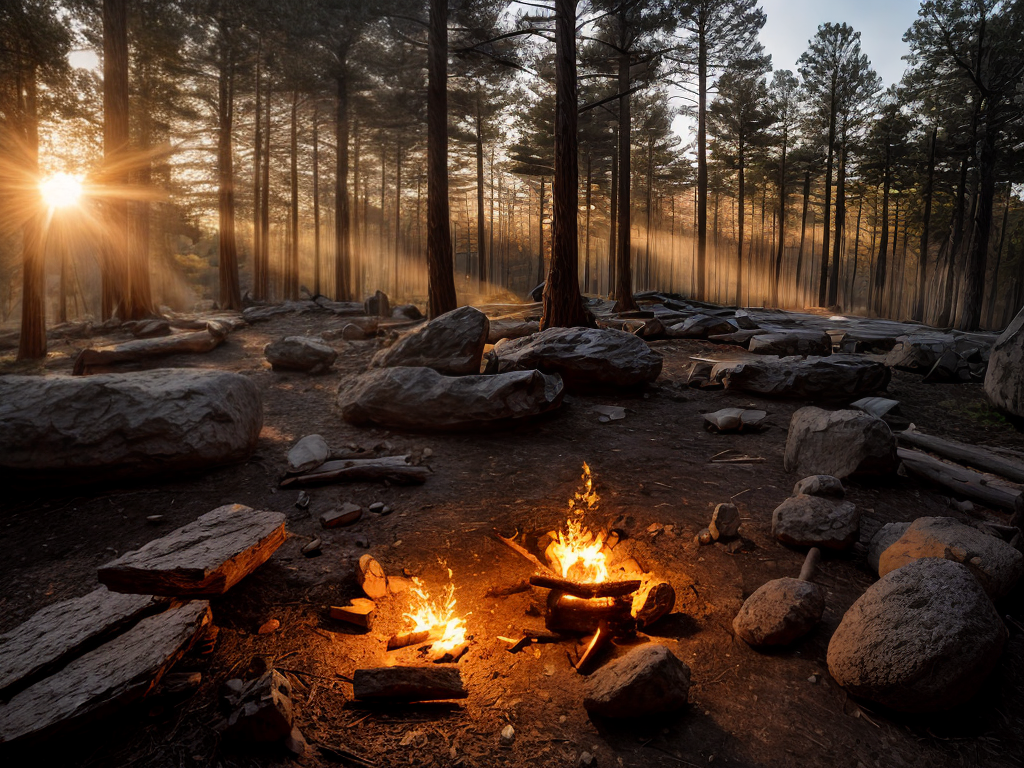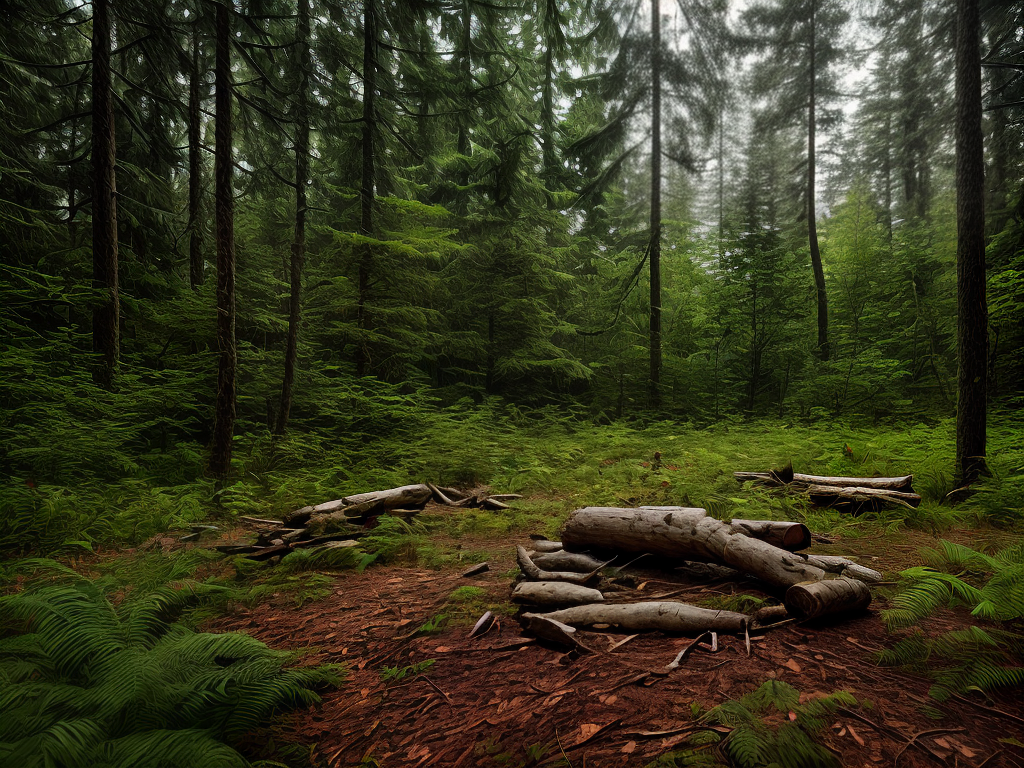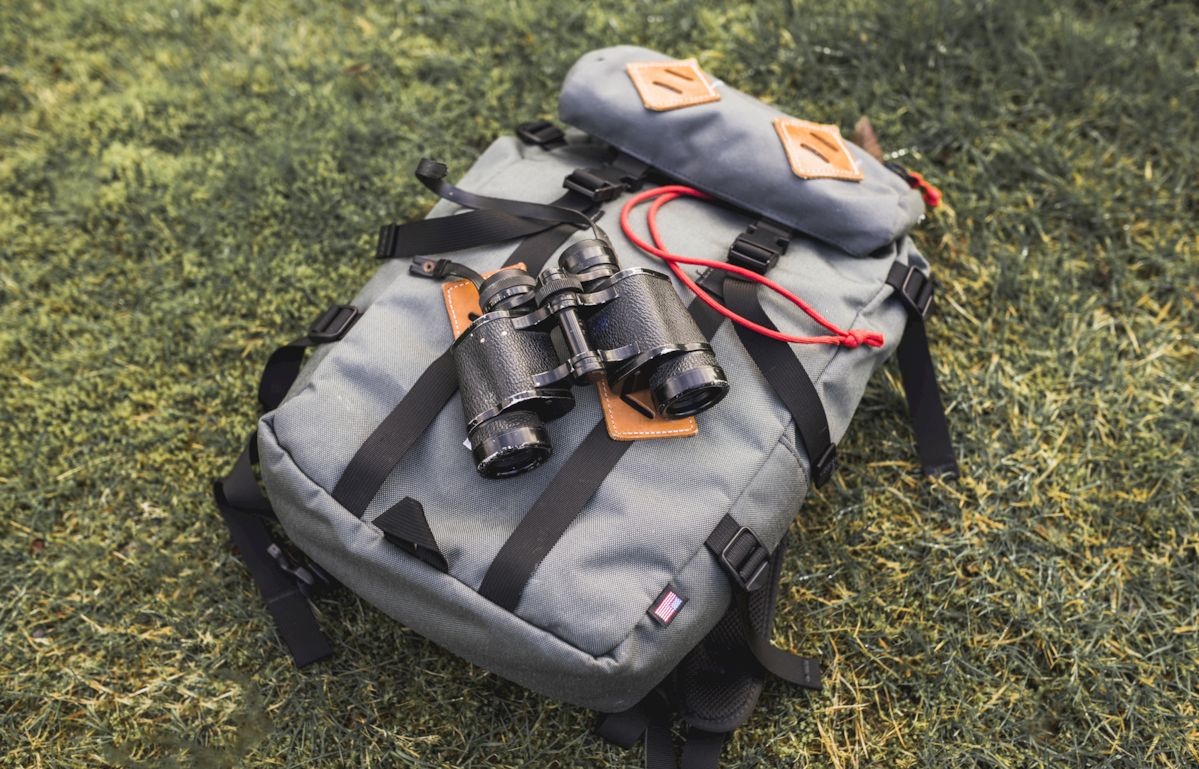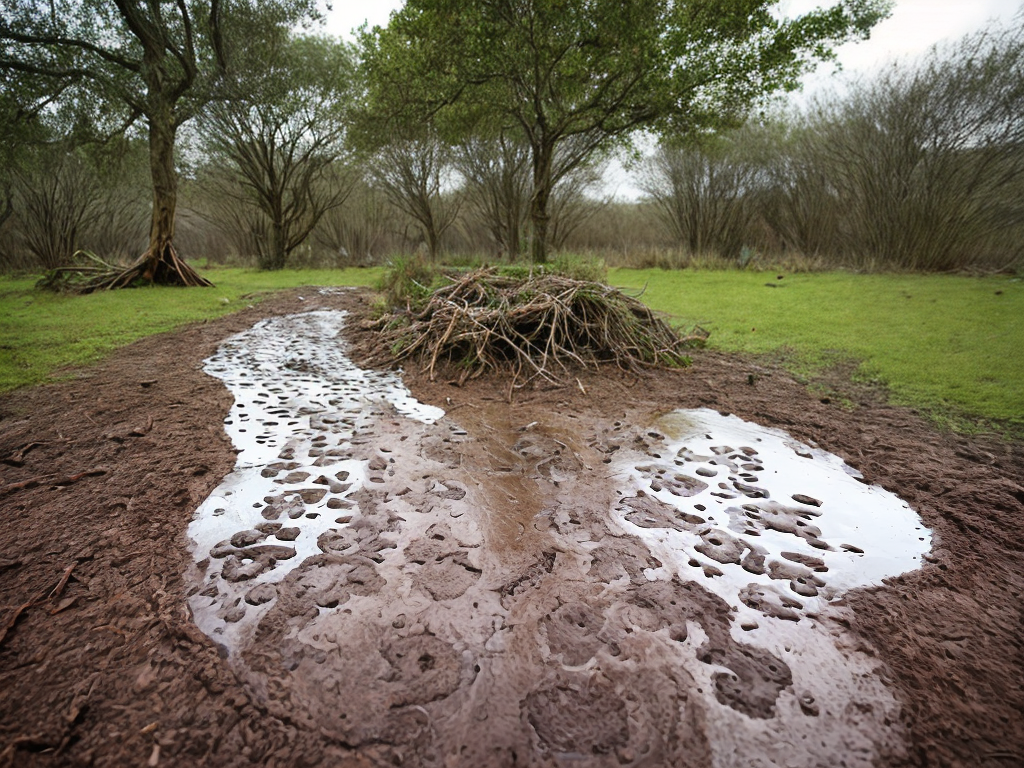
Foraging for food in the wild can be an exciting and rewarding experience. It not only connects us with nature but also provides us with a sustainable way to gather our own food.
Whether you are a beginner or have some experience in wild food foraging, it’s important to learn the foraging tips and techniques to ensure a successful and safe adventure.
When hunting for food in the wilderness, it’s crucial to familiarize yourself with wild edible plants and their identification.
Knowing which plants are safe to eat and which ones to avoid is essential. Understanding the wild food sources in your area and the seasons in which they are available can significantly improve your foraging skills.
Once you have gathered your wild food, it’s important to take necessary precautions. Properly washing and cleaning the food, as well as cooking it thoroughly, ensures wild food safety.
Its also crucial to be mindful of the environment and practice sustainable foraging to avoid depleting natural resources. Foraging for food in the wild can be both a challenging and rewarding experience that allows individuals to connect with nature, develop survival skills, and gain a deeper appreciation for the resources that the natural world provides.
Click here to learn more about survival skills, emergency preparedness, and outdoor gear
How to Forage for Food in the Wild A Beginners Guide
When venturing into the wilderness to forage for food, it’s important to approach it with a beginners mindset. The wild is a vast and mysterious pantry, full of potential sustenance waiting to be discovered.
Take your time to learn the foraging techniques and foraging tips that will guide you on this adventure.
Start by familiarizing yourself with wild edible plants and their identification.
Natures bounty is diverse, and each region has it’s own unique offerings. As you explore, you’ll develop a deeper understanding of wild food sources and their seasonal availability.
Remember, foraging is not just about finding food; it’s about sustainable living. Sustainable foraging practices ensure that we can continue to enjoy the wilds abundance for generations to come.
So, put on your explorers hat, step into the wilderness, and embark on a journey of wild food foraging.
Let the natural world be your guide as you uncover the treasures it has to offer.

Exploring the Wilderness for Food
As you delve deeper into the wilderness, you’ll realize that foraging for food is not just a skill, but a way to connect with nature on a primal level. it’s like embarking on a treasure hunt, where the prize is not just a meal, but a deeper understanding of our relationship with the natural world.
But before you set off on your wild food gathering adventure, it’s crucial to equip yourself with the necessary foraging skills.
Learn how to identify wild edible plants and distinguish them from their non-edible counterparts.
This knowledge will serve as your compass in the wilderness.
Remember, foraging for beginners can be both exciting and challenging.
Start with easy-to-recognize plants like dandelions and cattails. As you gain experience and confidence, you can gradually expand your repertoire and explore the vast array of wild food options.
While finding food in the wild may seem daunting at first, it’s essential to approach it with patience and respect.
Take the time to observe your surroundings, and let the wilderness reveal it’s secrets to you. With every step, you’ll become more attuned to the rhythms and patterns of nature, enhancing your wild food exploration skills.
So, embrace the wilderness, and let it nourish not only your body but also your spirit.
By venturing into the wild, you’ll discover a world of flavors and possibilities that will forever change the way you view food.
Preserving Wild Food Sources
Preserving wild food sources is essential for maintaining a sustainable foraging practice. As we venture into the wilderness in search of nourishment, it is important to remember that our actions can have an impact on the delicate balance of nature.
Wild food harvesting should be approached with care and responsibility, ensuring that we leave behind enough resources for future foragers.
One way to preserve wild food sources is by practicing selective harvesting.
Instead of taking all the edible plants we come across, we should only gather what we need, allowing the rest to continue growing and reproducing. This ensures that the population of wild edible plants remains stable, and we can continue to enjoy their benefits for years to come.
Another way to preserve wild food sources is by promoting biodiversity. By diversifying our foraging practices and exploring a wide range of wild edibles, we can avoid putting too much pressure on a single species.
This helps maintain a healthy ecosystem and prevents the depletion of any specific plant or animal population.
It is important to learn about and respect local regulations and guidelines regarding foraging.
Some areas may have restrictions or specific rules in place to protect certain species or habitats. By following these guidelines, we can contribute to the preservation of wild food sources and ensure their availability for future generations.
Preserving wild food sources is not only about sustaining our own foraging needs but also about maintaining the overall health and balance of the natural world. Through responsible foraging practices and a deep respect for nature, we can enjoy the abundance of the wilderness while ensuring it’s longevity.
Getting Started in the Wild
To embark on your wild food foraging adventures, it’s crucial to gather the necessary knowledge and develop your foraging skills. A beginners guide can provide valuable insights into the world of wild food gathering and help you navigate the wilderness with confidence.
Learn how to identify wild edible plants and explore different foraging techniques to enhance your wild food foraging experience.
Before venturing into nature, equip yourself with foraging tips and foraging knowledge to ensure your safety and success.
Gradually, you’ll gain the foraging skills needed to uncover natures pantry and indulge in the sustainable, eco-friendly delights it offers. Unleash your inner outdoor enthusiast and embark on a journey of natures bounty and wild food exploration.
Preserving Wild Food Sources
- Selective harvesting helps maintain the stability of wild edible plant populations.
- Diversifying foraging practices promotes biodiversity and prevents the depletion of specific plant or animal populations.
- Respecting local regulations and guidelines regarding foraging contributes to the preservation of wild food sources.
- Preserving wild food sources is crucial for sustaining the overall health and balance of the natural world.
A Guide to Wild Edibles
Exploring the Wild Food Pantry
As you delve deeper into the world of foraging, you’ll discover that the wilderness holds a vast array of wild edibles waiting to be found. Just like a treasure hunter, you’ll embark on foraging expeditions in search of hidden gems.
With the right foraging techniques and a keen eye, you can uncover natures pantry and unlock it’s bountiful offerings.
Each foraging adventure is like stepping into a culinary wonderland, where you’ll stumble upon wild food discoveries that will excite your taste buds and nourish your body.
Its a journey filled with surprises and wild food exploration, as you learn to identify various edible plants and embrace the sustainable lifestyle they offer.
Remember, the wilderness is your classroom, and with every foraging excursion, you’ll gain valuable foraging knowledge that will empower you on your quest for natural sustenance.
So venture forth into the wild, armed with curiosity and a desire to connect with the Earths bounty.
Hunting and Gathering in Nature
Foraging for food in the wild is an ancient art that has been passed down through generations. It is a wilderness survival skill that allows us to connect with the natural world and find sustenance in the most unexpected places.
As we explore the great outdoors, we become like hunters and gatherers, searching for edible plants and wild food sources.
With a beginners guide in hand, we can navigate this vast wilderness and discover the abundance it has to offer.
Armed with foraging tips and techniques, we can safely and sustainably gather food from natures pantry.
Each foraging adventure is like a thrilling outdoor exploration, where we embark on a journey of wild food discovery.
Its an adventure that not only nourishes our bodies but also fills us with a deep sense of connection to the land.
So, lets step into the wild and unlock the secrets of hunting and gathering in nature. Lets embrace the wild food foraging lifestyle and experience the rewards it brings.
| Foraging Techniques | Wild Food Discoveries | Foraging Knowledge |
|---|---|---|
| Unlocking natures pantry with the right foraging techniques | Exciting taste bud-pleasing wild food discoveries | Gaining valuable foraging knowledge through each excursion |
Finding Food in Emergency Situations
In emergency situations, when food sources are scarce, knowing how to forage for food in the wild can be a lifesaver. This beginners guide to foraging for food will equip you with the skills needed to gather sustenance from the wilderness.
By identifying edible plants and wild food sources, you can ensure your survival.
Sustainable foraging techniques ensure that you can gather food without depleting the natural resources.
With the right foraging tips and techniques, you can navigate the wild and find nourishment in natures pantry. So, whether it’s hunting for food or gathering food, wilderness survival requires knowledge of wild edibles and foraging skills.
Cooking with Natures Bounty
Once you have mastered the art of foraging for food in the wild, you can take your survival skills to the next level by cooking with natures bounty.
Imagine the satisfaction of preparing a delicious meal using wild edible plants and wild food sources that you have gathered yourself.
Not only does cooking with wild food offer a unique and exciting culinary experience, but it also provides numerous health benefits.
Wild food is packed with nutrients and offers a diverse range of flavors that can elevate your dishes to new heights.
By incorporating wild food into your cooking, you can create dishes that are not only delicious but also sustainable and eco-friendly.
So, unleash your inner chef and explore the wonders of cooking with natures bounty! you’ll be amazed by the endless culinary possibilities and the delicious flavors that await you in every fresh ingredient.
| Relevant Information |
|---|
| Emergency situations |
| Identifying edible plants and wild food sources |
| Sustainable foraging techniques |
| Navigating the wild and finding nourishment |
Precautions and Preparation Steps
When it comes to foraging for food in the wild, precautions and preparation steps are crucial to ensure a safe and successful experience. Before heading out on your foraging adventure, it’s important to educate yourself on wild food safety and foraging precautions.
This includes knowing how to identify wild food and edible plants, as well as understanding wild food preparation techniques.
Its also essential to have a basic understanding of wilderness survival skills and foraging tips to navigate the wild and find nourishment.
By taking these necessary precautions and preparing adequately, you can embark on your foraging journey with confidence and enjoy all the sustainable foraging and wild food rewards that nature has to offer.
Eating Wild for Better Health
For those just starting out on their wild food journey, a beginners guide to foraging for food can be incredibly helpful. It provides the necessary foundation for understanding the basics of hunting for food and gathering food in the wild.
Learning about wild edible plants and wild edibles is a key component of this guide.
By familiarizing yourself with the different types of plants that can be found in the wild, you’ll have a better understanding of what you can safely consume.
This guide will teach you foraging techniques and foraging tips that will improve your foraging skills and help you become more efficient at finding food in the wild.
With the knowledge and skills gained from this wild food guide, you’ll be well equipped to embark on your own foraging adventures and discover the wonders of natures pantry.
Foraging Precautions and Safety
- Knowing how to identify wild food and edible plants is crucial to avoid consuming poisonous or harmful substances.
- Understanding wild food preparation techniques is important to ensure that foraged food is safe to eat.
- Having wilderness survival skills can help in navigating the wild and finding nourishment in case of emergencies.
- By taking necessary precautions and preparing adequately, foragers can enjoy sustainable foraging and the rewards of wild food without endangering themselves or the environment.



